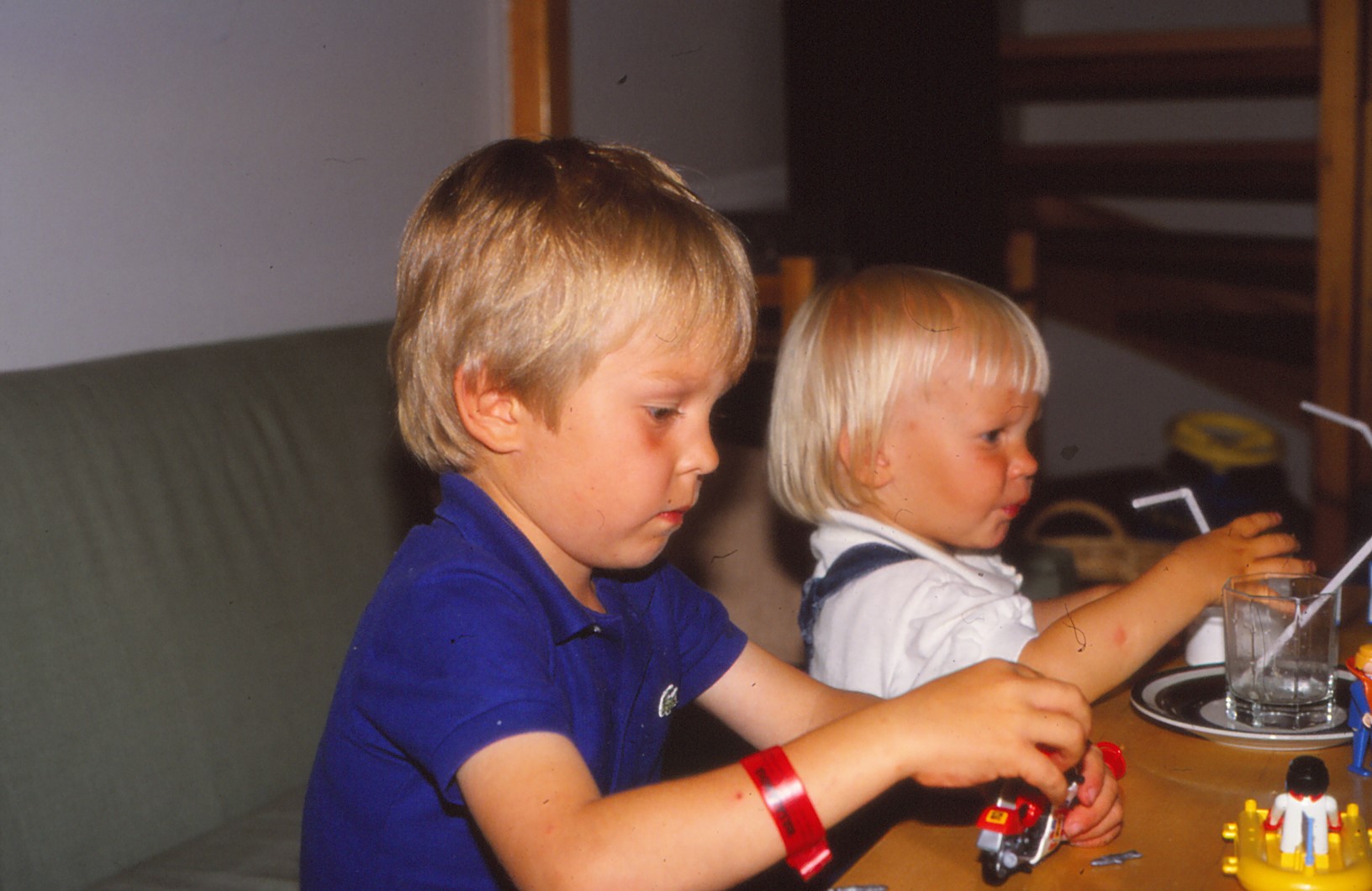It Is Not Racist to Worry about the Size of Human PopulationMaanantai 7.12.2020 klo 15.52 - Mikko Nikinmaa There are currently 7.8 billion people on Earth. Recent data suggest that the population peaks 2064 at a little less than 10 billion and thereafter slowly decreases so that in 2100 the population is 8.8 billion. This is taken by some people to indicate that the warnings of overpopulation were too hasty. However, it is estimated that these population sizes far exceed what is sustainable: if the European style of living was aimed for by the whole Earth’s population, the planet could sustain 2 billion people, if rich countries would decrease their consumption allowing the poor countries to increase the standard of living considerably, the planet could have about 3 billion people and if the present economic inequality persisted, 4-5 billion people could exist without clear deterioration of the planet. The world population has started to increase markedly only a couple of hundred years ago. In the beginning of 1900’s there were much less than 2 billion people. In 1960’s and 1970’s the possibility of overpopulation was brought forward by environmental scientists, but was not taken in serious consideration in economics and politics. In fact, it presently appears that if one says that a major environmental problem, also feeding climate change, is population growth, one is immediately labelled a racist. It is often considered that the problem is really overconsumption of resources by the rich, who are then the crooks and racists immediately if they say anything about the high birth rates in Africa and much of South America and Asia even though it is clear that even the present population size in those areas is not sustainable. Washington et al. just wrote in Journal of Future Studies 25, 93-106: Why Do Society and Academia Ignore the ‘Scientists Warning to Humanity’ On Population? They brought forward all the points that also I think are important. The overuse of the Earth has three components: overpopulation, overconsumption, and the concept of unlimited growth. All three need to be considered together. There is also the point that the rich countries naturally cannot demand that poor people of the South are not allowed to improve their standard of living. This necessarily causes increased resource use per person. A major question affecting the population growth is the standing of women. It has been shown that if women’s standing increases, population growth decreases. Washington et al give the following points as ways to combat population growth: 1. Assure universal access to a range of safe and effective contraceptive options and family planning services for both sexes. 2. Guarantee education through secondary school for all, with a particular focus on girls. 3. Eradicate gender bias from law, economic opportunity, health, and culture. 4. Offer age-appropriate sexuality education for all students. 5. End all policies that reward parents financially if they are based on the number of their children. 6. Integrate teaching about population, environment, and development relationships into school curricula at multiple levels. 7. Put prices on environmental costs and impacts. 8. Adjust to population aging rather than trying to delay it through governmental incentives or programs aimed at boosting childbearing. 9. Convince leaders to commit to ending population growth through the exercise of human rights and human development. I agree with all of these, and if they are thought to be racist, then striving for improving education and for gender equality is racist. |
|
Kommentoi kirjoitusta. Avainsanat: climate change, overconsumption, resource use, growth economy |
Good News - the Number of Children in the World Is DecreasingLauantai 5.10.2019 klo 16.18 - Mikko Nikinmaa First, I need to point out that I like children, and the future of mankind depends on an adequate number of children. However, population growth is the root of all environmental and climate problems we have. It was quite shocking to see, for example, a picture where world population change and change of energy consumption were both included. The two figures could have been superimposed. This is because during recent years the energy consumption in areas with high energy use has decreased, but in developing countries every additional person increases the (per person small) energy consumption. In view of this, the recent report that the number of children has decreased in every part of the world is really something positive. This opinion is opposite to the worry that the proponents of continuous growth preach. According to them the population needs to grow in order to guarantee future well-being. However, isn’t the outset behind limitless growth untenable? For continuing until eternity, it would require that there are no limits in the earth’s resources. The climate change, environmental pollution, erosion and decrease of suitable agricultural land, overfishing, and biodiversity loss all indicate that we have reached the limits of the earth. Since it is largely caused by increasing human population, any decrease and even stop of population growth is welcome. It is even more welcome that population is starting to shrink in industri In view of the above considerations we need to start thinking in global (environmental) terms. Putting walls between nations and thinking nationalistically is the worst we can do – since none of the environmental problems and their consequences follow national boundaries. It is further important to note that even if population growth already decreases, without additional measures the world population increases another hundred years. Because of this, the two measures which are the most effective means of decreasing birth rate, improving education and women’s status, should be in the centre of any developmental aid. One cannot and must not accept patriarchal aspects of culture: people should be treated equal regardless of their gender, colour, ethnicity or disability. |
|
Kommentoi kirjoitusta. Avainsanat: population growth, resource use, climate change |
Three R's for Sustainability: Reduce, Repair and RecycleSunnuntai 7.4.2019 klo 16.41 - Mikko Nikinmaa Three R's are a principle in the use of experimental animals. However, there are very different three R's that would be highly appropriate for controlling how we utilize the Earth - Reduce, Repair and Recycle. By applying them properly we could decrease the material flow quite easily to one tenth of what it is now. 1. Reduce. In our societies overpackaging is the rule. Quite often, e.g. bisquits are first in cardboard box, which is divided into two by plastic cover, inside which individual bisquits are 2. Repair. During recent past it has been common that instead of repairing a broken machine (I include TVs, computers, phones, printers etc. in this in addition to dishwashers, fridges, washing machines and freezers) it has been cheaper to buy a new appliance. This is certainly not sustainable. When we were poorer in 1950's and 60's the household machines were invariably repaired many times. The EU is now making a repair directive in an effort to facilitate slower turnover of household machines. 3. Recycle. Since apart from packaging the amout of materials is not really increasing any more, all the materials used in them could be reused to make similar products. This would significantly decrease the need for mining thus reducing the environmental destruction. It could also be cheaper than making the metal from low quality ore. In recycling, the best possible case is, if the recycled product can be reused as it is. In this regard, returnable flasks are the best, when the same product can again be placed in the bottle. In this case no energy is used for remolding the material for new use. It is also quite funny that since plastics recycling is not very effective, there is not enough material for factories using recycled plastics as raw material. By using the three Rs, the use of materials could become sustainable. As estimated in the beginning, one could require only one tenth of the material as compared to today. A reduction in material requirement could easily be three-fold, product life length doubled and recycling doubled or tripled. |
|
Kommentoi kirjoitusta. Avainsanat: resource use, ecological way of life, single-use products |
World Population DayTiistai 10.7.2018 klo 10.52 - Mikko Nikinmaa In 1960's-1970's when the environmental movement started, population growth was considered to be maybe the biggest problem for the future of the earth - it was considered that world's agriculture could not feed population exceeding 5 000 000 000. We are now 8 000 000 000. So, the development of agricultural practises has enabled food production far beyond the expectations of late 20th century. However, that does not mean that there would not be many problems associated with the large population. The increase in agricultural production has been achieved with the help of pronounced pesticide use and artificial (mineral) fertilization. Fertilization in crop production is an important component in eutrophication of waters, which is also caused by the excretion of people and livestock. Water and land is polluted by pesticides and other toxicants. Recently, as a result of waste production of the large human population, the huge plastics problem has been generated. One can also say that the climate change, associated with the large use of fossil fuels, is caused by the large population. Further, the oceans are overfished, the mineral resources are overexploited etc. In fact, the earth's resources are drastically overused - if the population were much smaller, the overuse were much easier to avoid. The World Population Day is on July 11. As one aim of the future for world population is to curb population growth. In Europe the population is not increasing any more, and the same could and should be the goal for every other part of the world. The second aim should be to increase recycling: instead of producing new products of virgin materials and at the end of the product's life time throwing it away, everything should be recycled. It would be important for us in Europe to have all the household machines to be made so that they would be repaired instead of being thrown away/replaced when broken down. As a final aim, the whole concept of economy should be changed: economic growth should not be sought for. As individuals and families/groups we can celebrate World Population Day by decreasing the group's use of resources per time. The manifest of concerned scientists can be found at http://www.scientistswarning.org/, which generally is a site to follow if one is interested in anthropogenic influences on Earth.
|
|
Kommentoi kirjoitusta. Avainsanat: population growth, sustainability, climate change, resource use |

 alized countries. This is because every person in, e.g., Europe uses a given amount of resources 5-10 times faster than a person in Asia or Africa. Thus, a modest population increase in Africa and a small population decrease in Europe will mean an overall decrease in resource use. However, the closer the gross national product in African countries gets to that of European and North American countries, the smaller the possible effect is.
alized countries. This is because every person in, e.g., Europe uses a given amount of resources 5-10 times faster than a person in Asia or Africa. Thus, a modest population increase in Africa and a small population decrease in Europe will mean an overall decrease in resource use. However, the closer the gross national product in African countries gets to that of European and North American countries, the smaller the possible effect is.  further wrapped in plastic cover. We ourselves continue this overpackaging by, e.g., putting bananas in (plastic) bags, although the pricetag could easily be placed on the fruit itself. One can quite easily find possibilities for reducing material without reducing functionality in virtually everything we use. The possibilities are immense.
further wrapped in plastic cover. We ourselves continue this overpackaging by, e.g., putting bananas in (plastic) bags, although the pricetag could easily be placed on the fruit itself. One can quite easily find possibilities for reducing material without reducing functionality in virtually everything we use. The possibilities are immense.